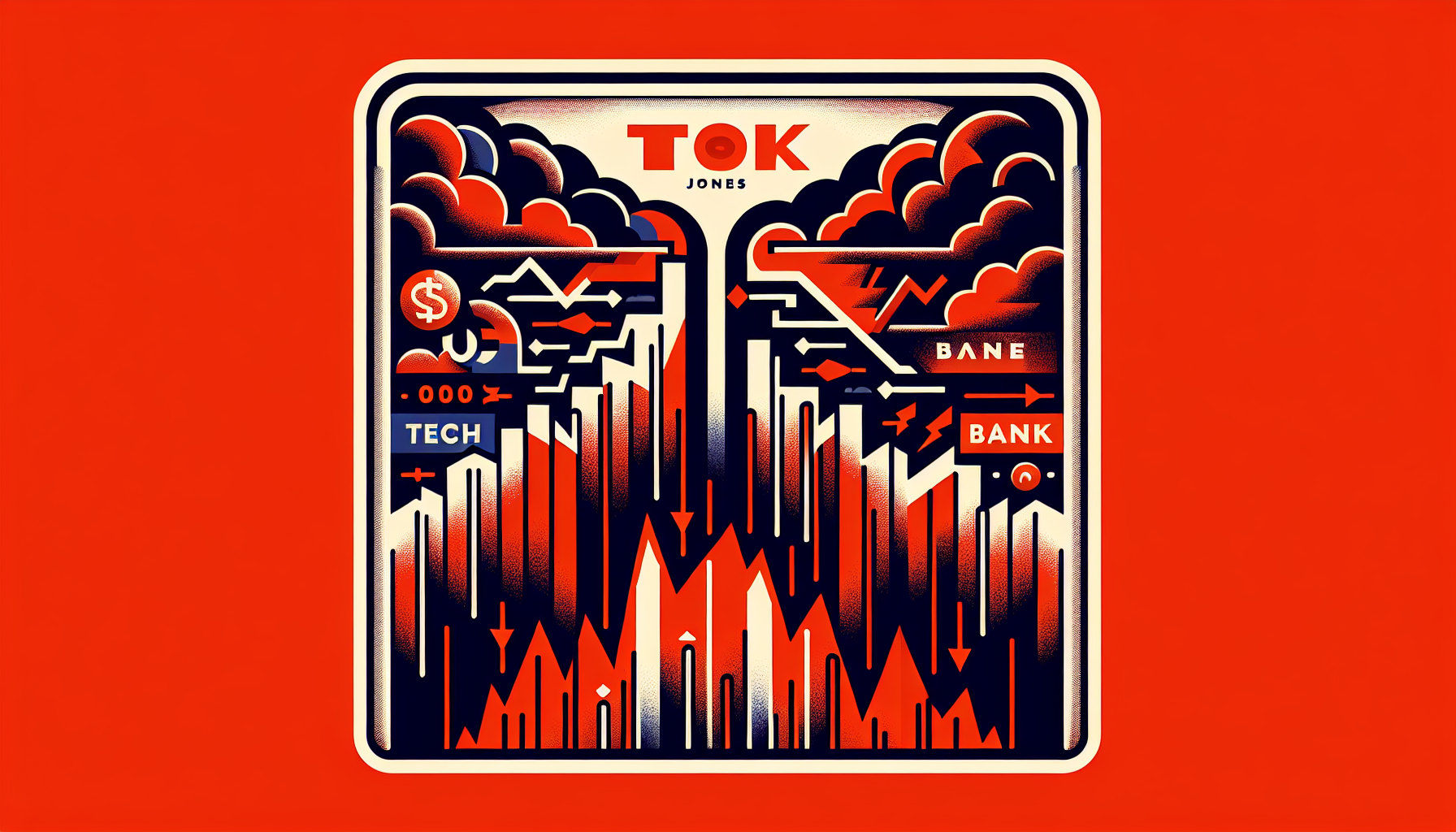Stock Market Plunge: Dow Drops 1,000 Points Amid Escalating Trade War Fears
The stock market suffered another brutal session as fears of a full-blown global trade war intensified. The Dow Jones Industrial Average plummeted over 1,000 points for the second consecutive day, while the S&P 500 and Nasdaq Composite also faced steep declines. Investors are fleeing risk assets as China retaliates against U.S. tariffs, raising concerns of an economic slowdown.
Market Turmoil: A Deep Dive into the Sell-Off
The Dow Jones Industrial Average (DJIA) plunged 2.8%, shedding 1,130 points, following a historic 1,679-point drop the previous day. The S&P 500 fell 3.2%, while the tech-heavy Nasdaq Composite tumbled 3.5%. These losses come after China announced a 34% tariff on all U.S. imports, matching the levies imposed by the Trump administration earlier in the week.
Tech Stocks Hit Hardest
Technology companies, which rely heavily on Chinese manufacturing and consumer demand, were among the worst performers:

- Apple dropped 3%, extending its weekly loss to 10%.
- Nvidia slid 5% amid concerns over AI chip exports.
- Tesla plunged 6% as China remains a critical market for EVs.
Michael Arone, Chief Investment Strategist at State Street Global Advisors, noted, "Investors are selling first and asking questions later. The market isn’t waiting to see if this trade dispute escalates further."
China’s Retaliation: More Than Just Tariffs
Beijing’s response went beyond reciprocal tariffs. The Chinese government added several U.S. firms to its "unreliable entities list," signaling stricter regulatory scrutiny. Additionally, an antitrust probe into DuPont sent its shares tumbling 12%.
Banking Sector Under Pressure
Financial stocks also suffered as recession fears grew:
- Morgan Stanley fell 6%.
- Goldman Sachs lost 5.7%.
- JPMorgan Chase slid 6%, with analysts raising recession odds to 60%.
Safe Havens Gain as Investors Seek Shelter
Amid the chaos, defensive sectors saw inflows:

- Consumer Staples (+2.4% weekly gain).
- Utilities (+1.2% weekly gain).
The 10-year Treasury yield dropped below 4% as bond demand surged, reflecting heightened risk aversion.
What’s Next for the Market?
With volatility spiking (VIX at 39.60, highest since 2024), traders brace for further turbulence. If tariffs remain in place, supply chain disruptions and inflation risks could worsen, potentially triggering a global recession.
Conclusion: Market Outlook for the Coming Weeks
The escalating U.S.-China trade war has sent shockwaves through global markets. If tensions persist, expect continued volatility, with tech and banking stocks remaining vulnerable. Safe-haven assets like gold and Treasuries may rally further, while consumer staples could outperform. Investors should monitor diplomatic developments closely—any de-escalation could spark a relief rally, but prolonged conflict risks a deeper market correction.

